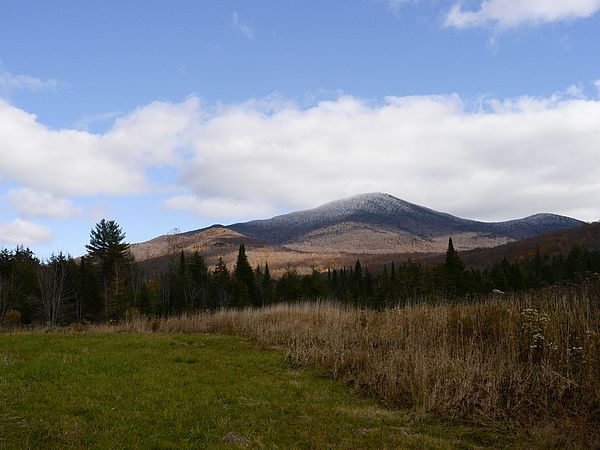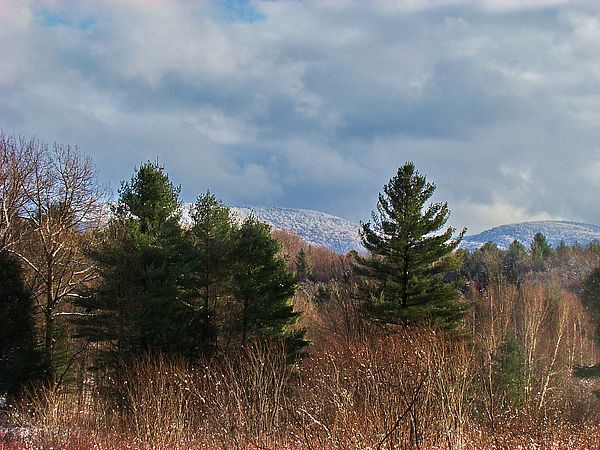Greeting friends, and welcome to the Fall 2019 edition of CONNECTIONS, the quarterly newsletter from Cold Hollow to Canada. I had intended to sit down and write this last week, when the air still held the crisp promise of fall, the only snow was a dusting on Jay Peak, and my thoughts were focused on getting the last of the wood up and my skis tuned in time for opening day. Instead, I sit here today looking out at the first real snow of the season as a crew of excavators works just down my hill to restore the flood damaged highway, and my thoughts center on recovery. If you call the Cold Hollow Region home, you no doubt have similar thoughts these days. We’re battered, a little bruised, but decidedly not broken. The power of water has left many of us speechless as we survey our communities and consider the idea of resiliency. Not just the resiliency of our friends and neighbors, the strong glue that binds us, but of our physical communities themselves and the infrastructure they depend on. As we look forward, considering how best to protect ourselves from the increasingly frequent and sever storm events we see on the horizon in the face of climate change, we must include our forests—from the unbroken woodlands, to the fingers of riparian greenways and wetlands that extend from them—as part of that equation.
Upland forests, river corridors, lands adjacent to streams, and wetlands are critical for water storage. Upland forests (also critical for wildlife habitat, for supporting the working lands economy, and for co-benefits like carbon sequestration) play a role in flood mitigation by tempering heavy rainfall, absorbing water, lowering the water table, stabilizing soil, and preventing run-off and erosion. These forests provide important water storage during flooding events. Many of our communities are graced with steep slopes, vulnerable to erosion, and wetlands with lower flood storage capacity are at greater risk of losing their flood control potential should forested areas on surrounding steep slopes be removed or significantly reduced. Understanding the value and roles of the various wetlands and forested uplands in a community can help residents and policy-makers think through the best options for protecting the most significant and most vulnerable of these areas. We’ll look at this in a future issue of CONNECTIONS, highlighting the work of our Woodlots groups as they incorporate building climate change resiliency into the management of their woodlands.
For now, refill your coffee cup, put another log on the wood stove, and enjoy this issue. All the best, and on behalf of the Cold Hollow to Canada Board, we wish you a happy upcoming holiday season.

